Tucumcari!
Memories of the only other time I had been there began to flood my mind. It was 1944. My 35-year-old dad, the father of four, had received notice of being drafted into the Navy. As was the case with thousands of other families in those wartime days, our lives had to undergo some radical adjustments. My mother, sisters, brother, and I would move from our California home to Little Rock, Ark., to live with an aunt, uncle, and two cousins. There were frantic days of packing, furniture disposal, and planning. I remember dad’s sadness at having to sell the 1942 Hudson. Suddenly we were spending our last night at home in California.
Late in the afternoon one Thursday in April, we drove to Los Angeles Union Passenger Terminal. We children had been told in a no-nonsense way that we had to stay together at the station. I think those words were intended for me, the 10-year-old railfan. LAUPT was teeming with people, coming, going, waiting, jostling, calling to each other. Many were in military uniforms. Dad managed to find a red cap to help us with the two large black metal suitcases that would accompany us. Luggage in those days was designed for function, not decor. Two big trunks had been checked through.
My sisters, twins aged 4, my 6-year-old brother, and I held hands as our family followed the red cap through the underground concourse and up a ramp to the platform. We found our Pullman toward the rear of Southern Pacific train 4, the Golden State Limited. It was a 10-section/1-drawing-room/2-compartment car that would be switched out at Tucumcari on Saturday morning to continue on to Little Rock in Rock Island 112, the Memphis-Californian. The six of us crowded into the car’s drawing room and found seats. Dad talked to us about how the war should not last much longer and we would be back together before long. Mother was trying to hold back tears. My younger siblings were asking for some toys they knew we had brought along. I sat by a window watching the bustling activity on the station platform.
“Do we have time to go up and look at the engine?” I asked. Dad and I had usually checked out the motive power on our train-watching jaunts to the Santa Fe in Pasadena, SP in Alhambra, and UP in East Los Angeles.
“No, Dick, I think we should all stay together. When I get back after the war we will have a lot of time for looking at locomotives.” He paused. “And we will, for sure!”
The porter said it was time for visitors to leave the train. We crowded to the window to exchange waves with Dad as he stood on the platform. Then, smoothly and quietly, the train began to move and suddenly Dad was no longer there.
I recall only bits and pieces of that trip. We stopped at Palm Springs just before we children bedded down for the night. My sisters had the lower berth, my brother and I shared the upper, and my mother slept on the drawing room’s couch. I looked out at Tucson about noon the next day and remember the brightest sunshine I had ever seen.
Dinner in the diner that night was quite an experience. We had to wait in line for a long time before we could be seated. Lots of people were packed into that narrow corridor next to the galley, but the humor and spirits were good. Since there were five of us and the tables seated four, an elderly couple invited my brother and me to sit with them, across the aisle from my mother and sisters. I was uncomfortable being with strangers, but perked up at the dining car food, seemingly better than our ration stamps had been enabling us to have at home. I thought the railroad must have a ton of ration books.
The train was stopped in Tucumcari when we awoke the next morning. We got dressed and then waited in an empty compartment while the porter made up our drawing room for daytime use. I looked out through escaping steam at the dull sky. Tucumcari seemed a shadowy kind of place. But I still remember the one thing that really attracted my interest. It was a standard wooden caboose body, dull red in color, that had been placed on concrete blocks not far from the tracks. I could read the black-on-white-lettered sign attached to its roof: “This caboose is not the property of the S.P. or R.I.” I wondered why it was there. Pretty soon we felt the thud that I knew must be a switch engine preparing to move our car into the consist of the Rock Island train. The trackside caboose slid from view, but it has not slipped out of my memory.
After leaving Tucumcari, there was a call for breakfast in the diner. We moved right out, expecting another wait for service. But much to our surprise the Rock Island diner was almost empty. This made the breakfast taste even better.
My aunt, uncle, and cousins were at the station in Little Rock to meet us Sunday morning. We had to wait to claim the trunks that had been checked through from California. It was a happy wait for me. First there was the noisy departure of the gas-electric car on train 631 south to Winnfield, La. Then I watched the locomotive that had pulled us into Little Rock uncouple and move away, to be replaced by an engine that would take the train on to Memphis. Dad and I had never seen a change of engines in all of our train-watching.
I had a lot of time to think about that 1944 trip. It was a long drive along Highway 54 toward Tucumcari that summer afternoon 19 years later. The next morning I was at the Spanish-style station in time to see SP train 40 pull in late from Los Angeles. A long string of head-end cars was trailed by a single Harriman coach. Several of the head-end cars were switched out and coupled behind Rock Island FP7 409 on an adjacent track. A Budd RDC3 was added last to complete train 22 for Memphis. No more heavyweight Pullmans to switch around at Tucumcari! The Memphis train pulled out, followed shortly by the remainder of train 40 to Chicago.
I walked along the platform, trying to ascertain where our sleeper might have been stopped in 1944. I knew it was west of the station, because we passed that building as we pulled out for Little Rock. I thought that at long last I might solve the mystery of that caboose that was “not the property of the S.P. or R.I.” I walked through the underbrush near the platform, looking for any remnants of a concrete-block base. Alas, no sign of it whatsoever. Further, no one I met in or near the station could tell me anything about it. I checked out the SP-RI engine facility while waiting for the Golden State (“Limited” had been dropped with the train’s postwar streamlining), to arrive from Chicago. I hoped to photograph a change of motive power, but No. 3 arrived behind a quintet of SP E and F units that were going to run through to Los Angeles. I photographed it anyway, then got back in the car to continue west on famed Route 66 to California.
World War II provided me with an interesting train ride to Little Rock. It provided my dad with a trip to Okinawa aboard a Navy landing craft. Our family was reunited in late 1945. By then more and more of the trains we watched together were diesel-powered. I have many happy memories of those days. And I still wonder from time to time about that dark red caboose up on concrete blocks in Tucumcari that was not the property of either the S.P. or R.I. railroads.
First published in Spring 2010 Classic Trains magazine.
Learn more about railroad history by signing up for the Classic Trains e-mail newsletter. It’s a free monthly e-mail devoted to the golden years of railroading.





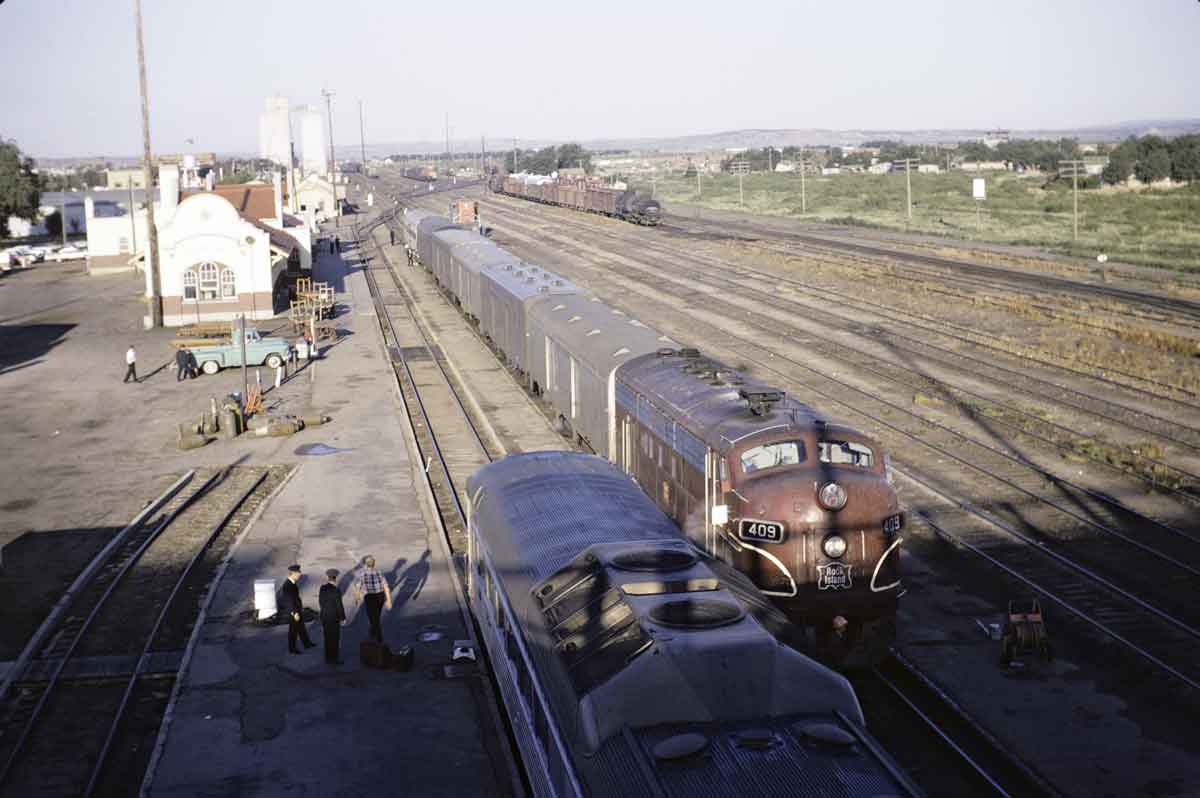

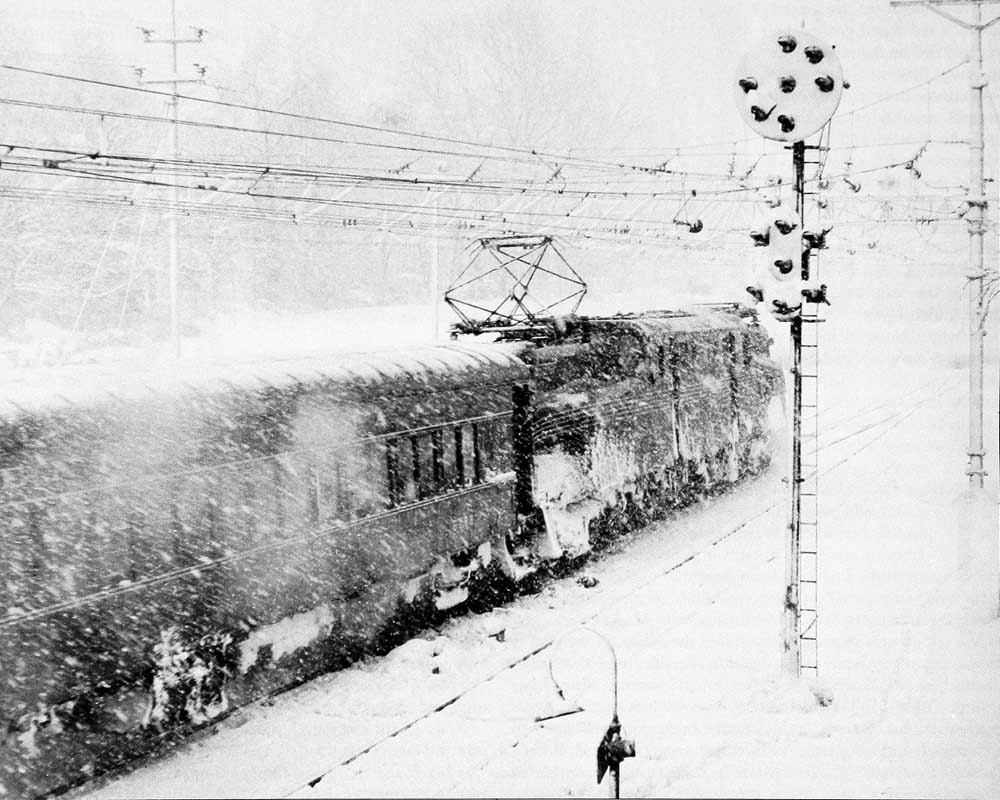
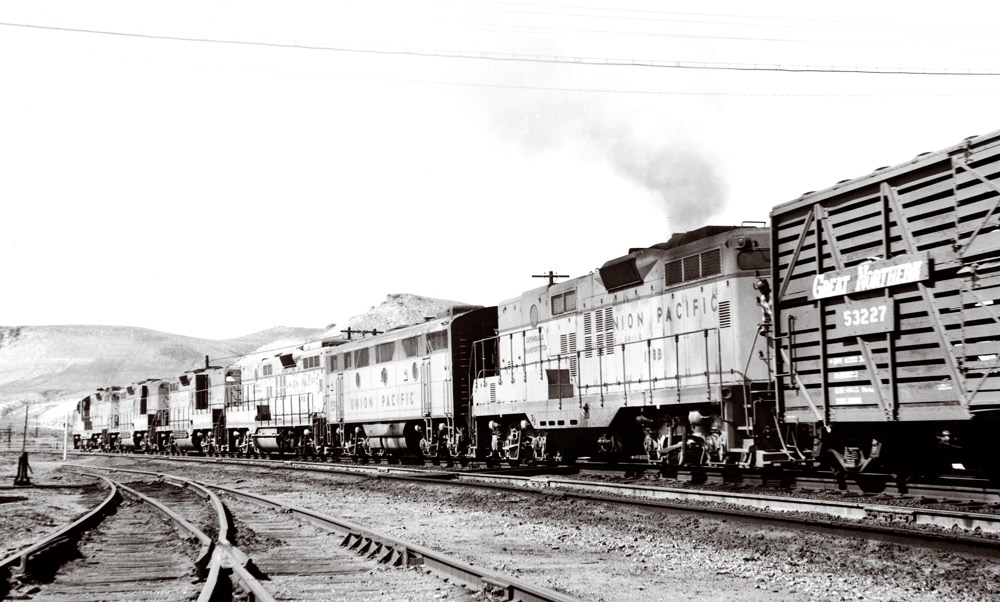
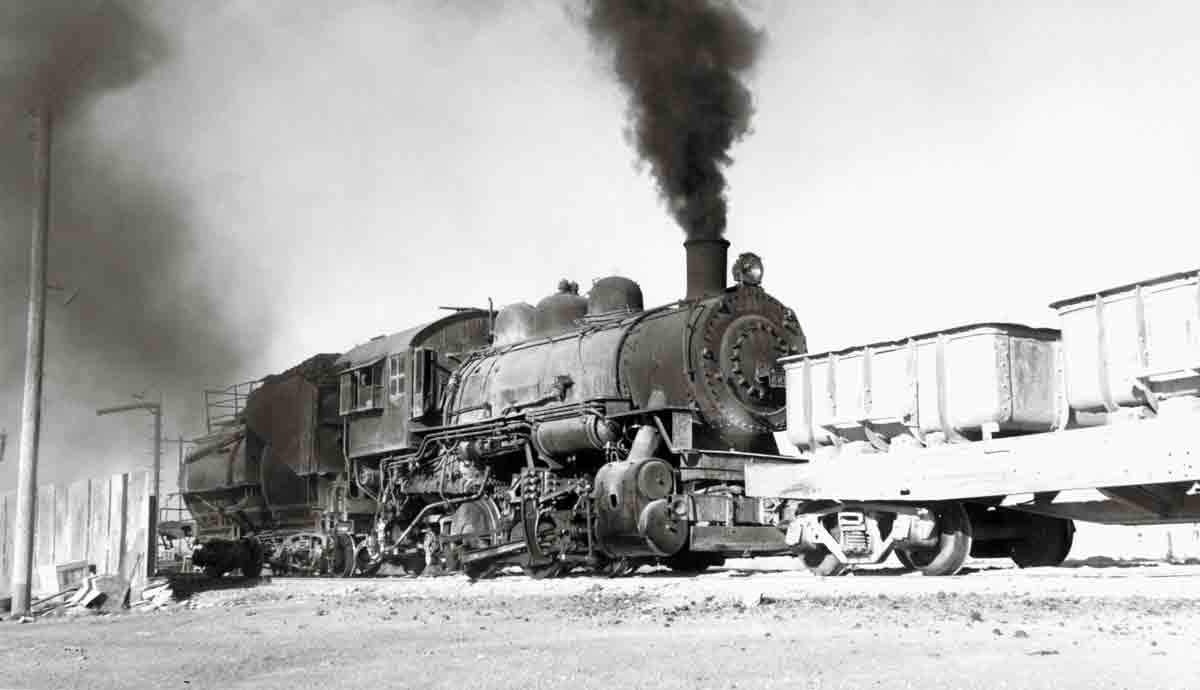
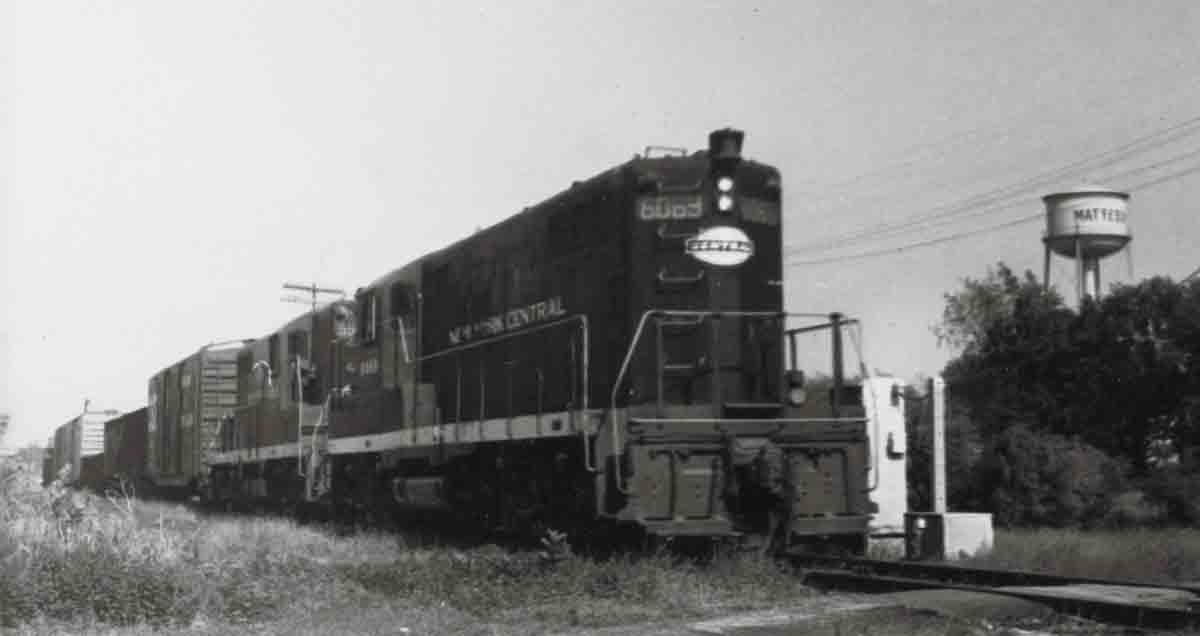




Excellent story. Thanks!
I agree with the others, what a terrific story. Thank you for taking us along with you on the Imperial!
The first-hand recollections in this magazine are my favourite articles…it really transports us to the scene.
Great Story.. makes me nostalgic for a time and place not my own! I sure hope someone can solve the Caboose mystery!
Surely someone should know about that caboose. My curiosity will rival that of a cat!
Hopefully, someone will read this article and remember the story of that caboose. You have us all wondering. Great piece.
Love these memory stories. I wonder about the caboose too.
Very nice narrative and memories . Enjoyed reading it !